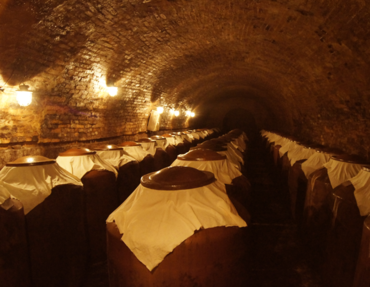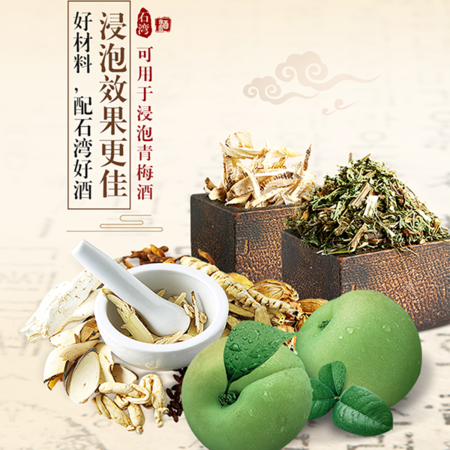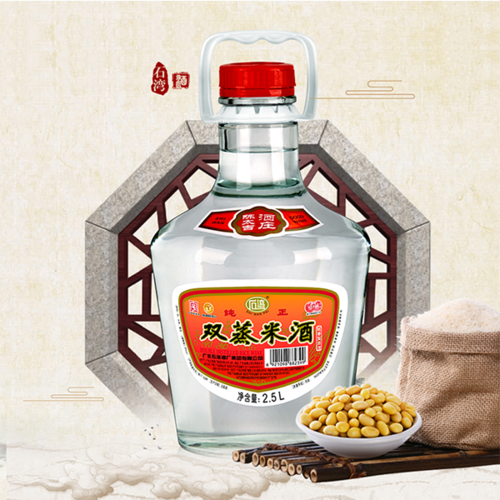What is Cooking Wine and How Does It Make?
Cooking wine is an essential ingredient in the culinary world, known for its ability to enhance flavors and add depth to a wide range of dishes. In this article, we will delve into the world of cooking wine, exploring its definition, production process, and versatile applications in the kitchen.
Understanding Cooking Wine
Cooking wine, specifically formulated for culinary purposes, differs from regular drinking wine. It undergoes specific processes to make it suitable for cooking, making it distinct in taste and composition.
Cooking wine is available in various types, including red cooking wine, white cooking wine, sherry, and rice wine. Each type contributes unique flavors and characteristics to different cuisines and recipes.
The Making of Cooking Wine
The production of cooking wine involves several key steps, ensuring its suitability and flavor enhancement for culinary use.
-
Grapes and Fermentation Process
Cooking wine begins with the careful selection of grape varieties suited for the desired flavor profile. The grapes are harvested and crushed to extract their juice. This juice then undergoes fermentation, where the natural sugars in the grapes convert into alcohol.
-
Additives and Aging
After fermentation, additives like salt and preservatives are introduced to the wine. Salt helps enhance flavors while acting as a natural preservative. Aging is also a common practice in the production of cooking wine, allowing the flavors to develop and mellow over time.
-
Packaging and Shelf Life
Once the aging process is complete, the cooking wine is bottled. It is typically available in smaller bottles due to its concentrated flavor and the fact that a little goes a long way. The addition of salt and preservatives extends its shelf life, allowing it to be stored for longer periods without compromising quality.
Culinary Applications and Tips
Cooking wine serves as a versatile ingredient in the kitchen, enhancing the flavors of a wide range of dishes. Here are some practical tips and recommendations for utilizing cooking wine effectively:
-
Flavor Enhancement and Deglazing
Cooking wine adds depth and richness to sauces, stews, marinades, and gravies. It can also be used for deglazing pans, incorporating flavorful bits stuck to the surface and enhancing the taste of your dish.
-
Substituting Cooking Wine
In situations where cooking wine is unavailable, suitable alternatives can be used. Broth or stock can provide a similar depth of flavor, while different types of vinegar can contribute acidity to your recipes.
-
Considerations and Best Practices
When using cooking wine, it is important to exercise moderation, as excessive amounts can overpower the flavors of your dishes. Adjust the salt content in your recipes accordingly, considering the presence of salt in cooking wine. Furthermore, choose a cooking wine that complements the flavors of your dish, enhancing its overall taste profile.
Conclusion
Cooking wine plays a crucial role in elevating the flavors of various dishes, adding complexity and depth to your culinary creations. By understanding what cooking wine is and how it is made, you can make informed decisions when selecting the right type for your recipes.
Experimentation and creativity are key when incorporating cooking wine into your dishes. So, the next time you find yourself in the kitchen, uncork a bottle of cooking wine and embark on a journey that tantalizes your taste buds and delights your guests.
Remember, understanding the nuances of cooking wine empowers you to utilize its full potential and transform ordinary meals into extraordinary dining experiences.







